Do you want to learn How to Grow Lemon Trees in Pots, but don’t know where to begin?
Growing Lemon Trees in Pots was not as easy as I thought. Some types require extensive care, others need to be brought indoors when it’s cold, & others aren’t right for gardening pots.
That’s why I created How to Grow Lemon Trees in Pots with 18 PROVEN Tips for growing healthier lemon trees in pots for bigger, better, and more lemons no matter where you live in the world.
And if you want to learn about other Citrus Trees to Grow Check Out My Article HERE.
#1: Choosing the Right Lemon Tree is ESSENTIAL
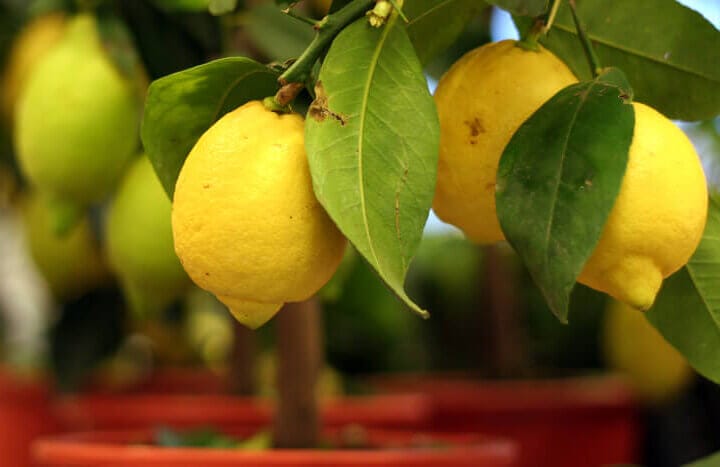
Choosing the right Lemon Tree that is appropriate for Pots is essential to its ability to grow and bear lemons.
While there are over 40 types of lemon trees in the world, there are only three that are PERFECT for Gardening Pots
- Dwarf Meyer Lemon Tree
- Lisbon Lemon Tree
- Dwarf Ponderosa Lemon Tree
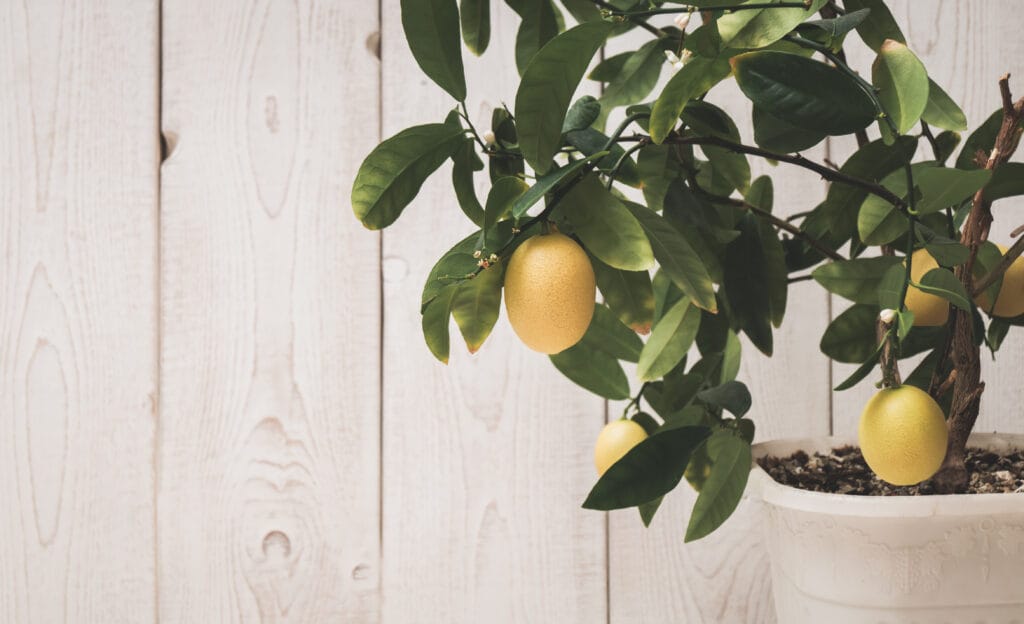
The reason these trees are best to grow in pots is because they are the hardiest of trees and can handle the heat, the cold, and different pests and diseases.
Not only this, but they are self-pollinating trees meaning you only need one. You won’t have to worry about having to pollinate it with your hands or a machine!
In addition, they are some of the fastest-growing lemon trees and can grow 4- 6 feet indoors (in a pot). And all three of these trees will yield a heavy harvest after only 2-3 years.
#2: Choose the Right Gardening Pot
If you want to learn how to grow lemon trees in pots then choosing the right pot is essential. It will help you reap the benefits of all your hard work, time, and money.
You will want a pot with sufficient drainage. This will allow your lemon tree roots don’t stay too wet and rot (hence killing the tree).
In general, you want a pot that is 25% to 50% larger than the root ball. This typically means it will be at least 5 gallons, but not more than 15 gallons for healthy growth and support.
There are 4 specific kinds that I personally recommend:
- Ceramic Pots
- Effectively drains well
- Expensive, but durable and will last for decades
- Perfect for Indoor Lemon Tree Growing
- Clay Pots
- Readily Available
- Perfect for Indoor & Outdoor Gardens
- More Durable and keeps your plants wet longer
- Plastic Pots
- Has many uses
- Most Inexpensive, but least durable
- Perfect or Indoors and Outdoors
- Slow to Drain
- Wooden Pots
- Beautiful
- Perfect for Outdoor Gardens
- Heavy, but well-draining
#3: Water Just Enough!
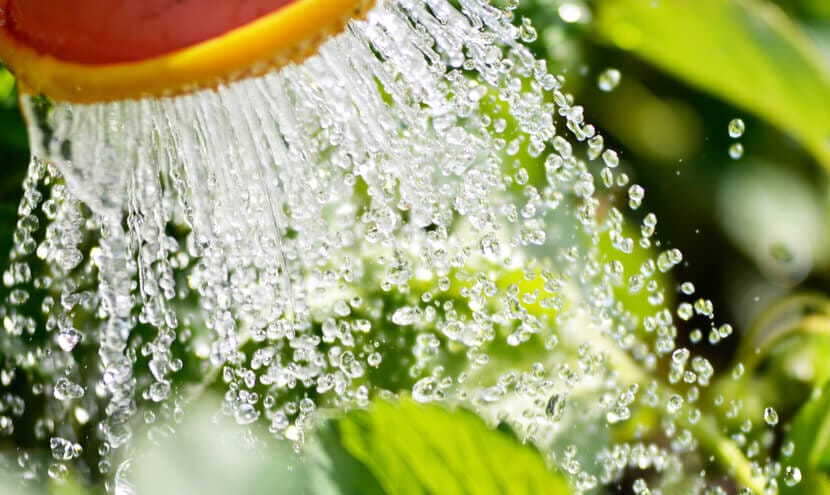
Watering is an important factor to consider if you want to grow lemon trees in pots. Citrus trees require more water than other
- If you are keeping your lemon trees indoors, then water them twice a week for about 30 seconds each time.
- If you are keeping your lemon trees outdoors, then water them every other day for 30 seconds each time. I recommend watering it more if it is in full sun and heat to prevent drying.
In addition to watering, your lemon trees will grow best in about 50% humidity.
- If you keep your pot outside year-round you can’t control this.
- If you keep your pot indoors you can control humidity with a humidifier or watering the tree. The best way to gauge the humidity is with a ThermoPro Digital Thermometer.
One additional tip on watering. If you notice the leaves turning yellow or fall off it means the tree is not getting enough water. Increase watering by an additional day a week both inside and outside.
#4: Provide at Least 6 Hours of Sunlight!

Typically, lemon trees need 6 – 8 hours of direct sunlight.
- If you have your pot outside make sure it gets sun exposure half the day and shade the other half. You should keep your lemon tree pot against the house or on your patio.
- If your plant is inside keep it by a window for at least 6 – 8 hours or purchase a grow light like Hydrofarm Grow Light.
#5: Prune at Just the Right Time!
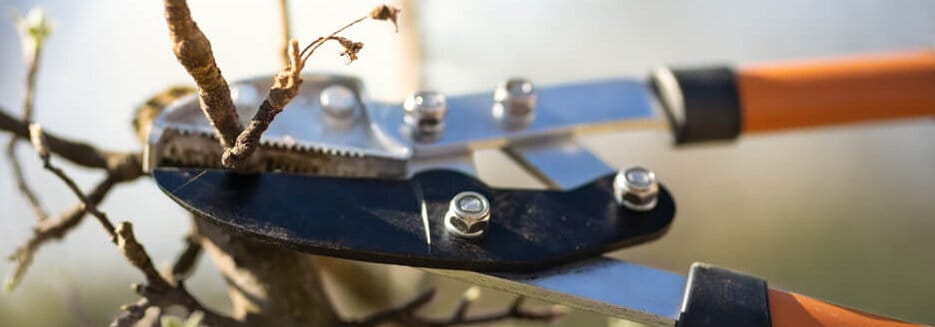
Pruning is essential to keeping your lemon trees healthy. Not only this, but it is critical if you want your lemon trees to grow fast, provide more lemons and bigger lemons, and keep your tree healthier, and longer.
But when exactly do you prune a lemon tree? And how?
If you want to control its size or promote additional fruit growth, I recommend watching the below video or reading the MOST Effective Ways to Prune Lemon Trees:
#6: Apply Only One Kind of Fertilizer
If you want to have your lemon tree grow faster and become healthier then apply
- Never apply fertilizer during the first year of plant growth as it will cause root burn and destroy the tree.
- Beginning in year two, apply a slow-release fertilizer once every two months in the spring and summer.
- In winter, apply once every 3 months in a circle around the base of the tree. This way it will soak in all parts of the soil. Then apply approximately 30 seconds of water thereafter.
You will want to apply a fertilizer that has at least twice the amount of nitrogen as it does phosphorus and potassium (2-1-1 fertilizer). This will provide strong root and plant growth. I recommend Miracle-Gro Shake ‘n Feed Continous Release.
If your lemon tree has fruit or dark, lush leaves then you do not need to apply fertilizer.
#7: Plant in the BEST Soil
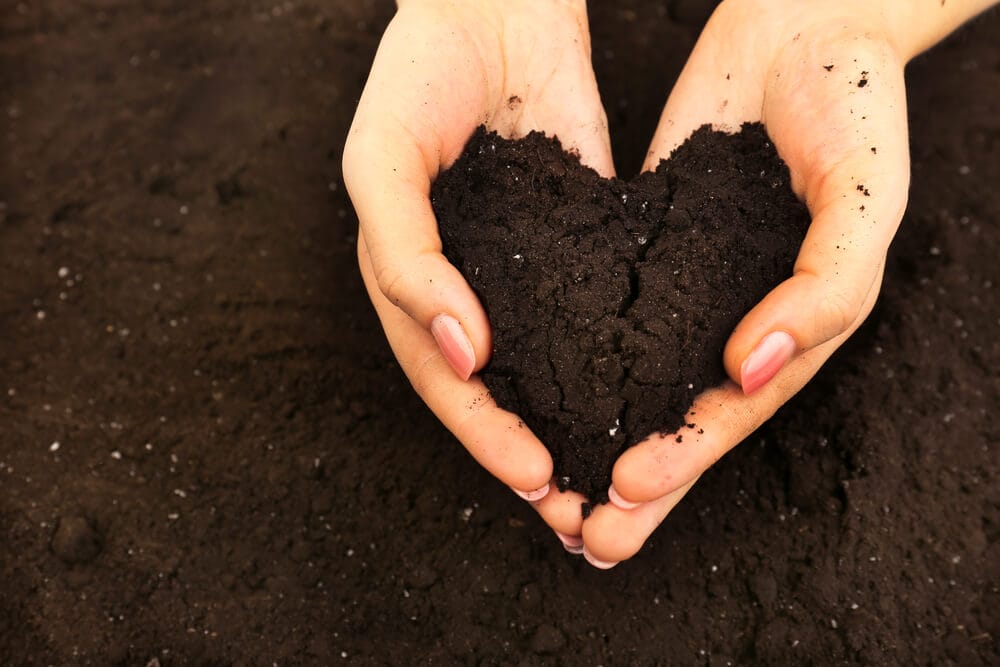
When learning how to grow lemon trees in pots it is CRITICAL to have the right soil.
The great news about lemon trees is that they can grow in almost any type of soil.
- If you want the most productive tree though you will want to grow it in soil that has good drainage. Typically, I recommend sandy loam-based, which is a mixture of sand, silt, and clay. My favorite is Miracle-Gro Raised Bed Soil.
- Because this can be sometimes hard to come upon, any potting mix or raised bed soil that has perlite or vermiculite will also do. You will want to make sure it has a pH level between 5.5 & 6.5 (which is most commercial soil).
If neither has those two ingredients, just mix in about 20% peat moss into potting mix or raised bed soil. You can then test your soil with the Sonkir Soil pH meter to determine what needs to be added to your soil to get it to 5.5 – 6.5.
#8. Use an Electric Pollination Tool

Almost every lemon tree you grow in a pot is a self-pollinator. This means it should have no problem pollinating on its own.
If kept outside just let mother nature do its work. If you solely keep it inside and it does not bear fruit, you may need to manually pollinate it.
If you want to give your lemon tree a greater chance to bear fruit then I recommend manual pollination. Manual pollination by hand can be long, tedious, and lacks results (even if done correctly).
If you would like to be as effective as possible though, I would recommend an electric pollination tool: Aerogarden Pollinator and to watch the video below:
#9: Become a Repotting Pro
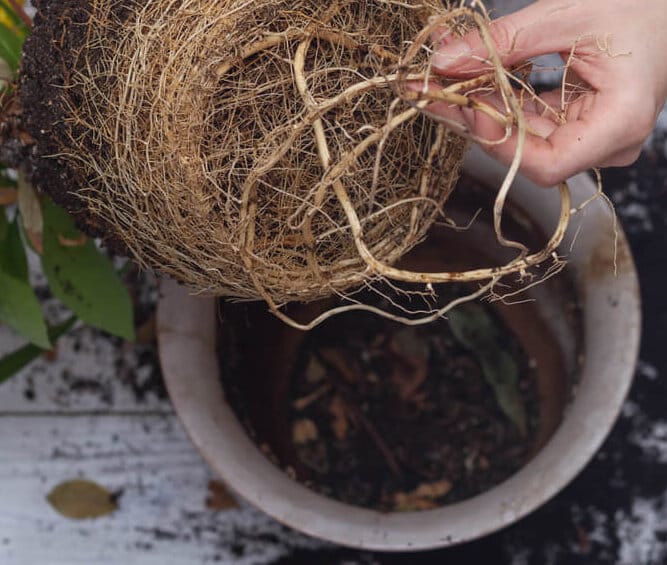
If you want to learn how to grow lemon trees in pots then become a repotting expert. The best time to repot a lemon tree is in the spring. Typically, you will want to do this every 3 to 4 years.
At some
- Make sure the pot is 25% to 50% bigger than the root ball. The root ball is the root, plus the surrounding dirt of the lemon tree.
- The night before you transplant the lemon tree, you will want to water the soil for a good minute.
- You will want to have one person tip the pot the lemon tree is in downwards and sideways. Then another person will want to grab the tree by its trunk and slowly rock it back and forth and in an outward motion until the tree is out.
- You will then want to add potting mix or raised bed soil into the new pot. Leave enough space so that you can transplant the tree into it and fill it up with more soil. Leave twice the size of the root ball empty in the new pot. Then fill it with dirt, add fertilizer, and water for a minute.
#10: Keep your Tree Out of the Cold
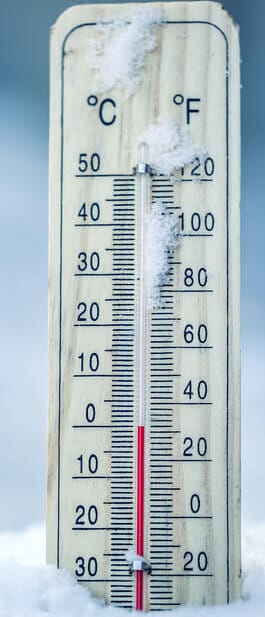
While lemon trees are hardy, they cannot consistently survive cold weather. Specifically, if there is going to be a frost then make sure to move your tree inside.
If you happen to forget and it looks like your lemon tree is dead, do not just throw it away. I once left a tree out in 20-degree weather and when I got home I thought it was dead. I held onto it until spring and believe it or not new growth and fruit formed.
#11: Keep Away From Strong Winds

Lemon trees do not tolerate strong winds well.
There is a very scientific reason for it, but let’s keep it simple. If you have strong winds keep your tree in an enclosed patio, close to your house and protected from the weather, or inside. This will minimize the chance for branches to break and fruit to be lost.
#12: Too Much Sunlight is BAD

Lemon trees thrive in heat and direct sunlight. But too much of a good thing is not always good.
If your lemon tree location is in direct sunlight for more than 12 hours it is at risk for root burn.
Root burn is where the root of the tree dries out and either stunts or kills the entire tree.
#14: Darkness = EVIL

Just like too much sunlight is not a good thing, too much darkness is also very bad. The tree will not be able to grow and bear fruit.
Make sure to place your lemon tree in a location that will get at least 6 hours of direct sunlight. If it does not, make sure to place it under grow lights.
#14: Don’t Overwater
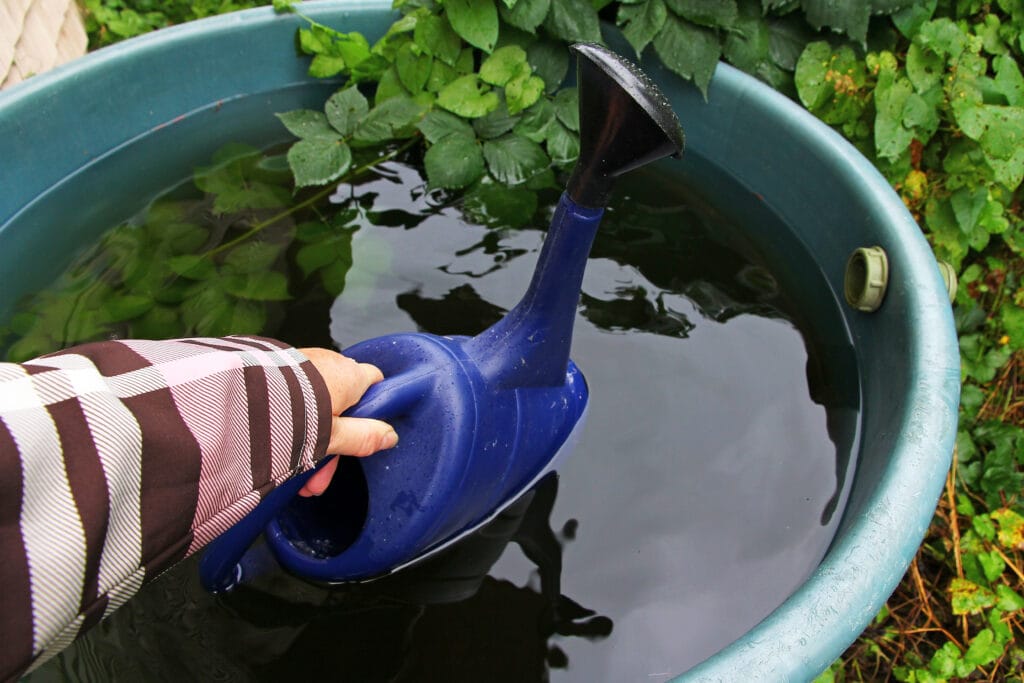
As we reviewed in our previous sections, you should water your lemon tree twice a week. If outside, then every other day. You want the soil to remain dark and moist.
If you water the tree too much where the soil can’t dry out you run the risk of root rot. Very simply this is where the disease will destroy the roots of your plants, rendering it useless.
#15: STOP Fertilizing
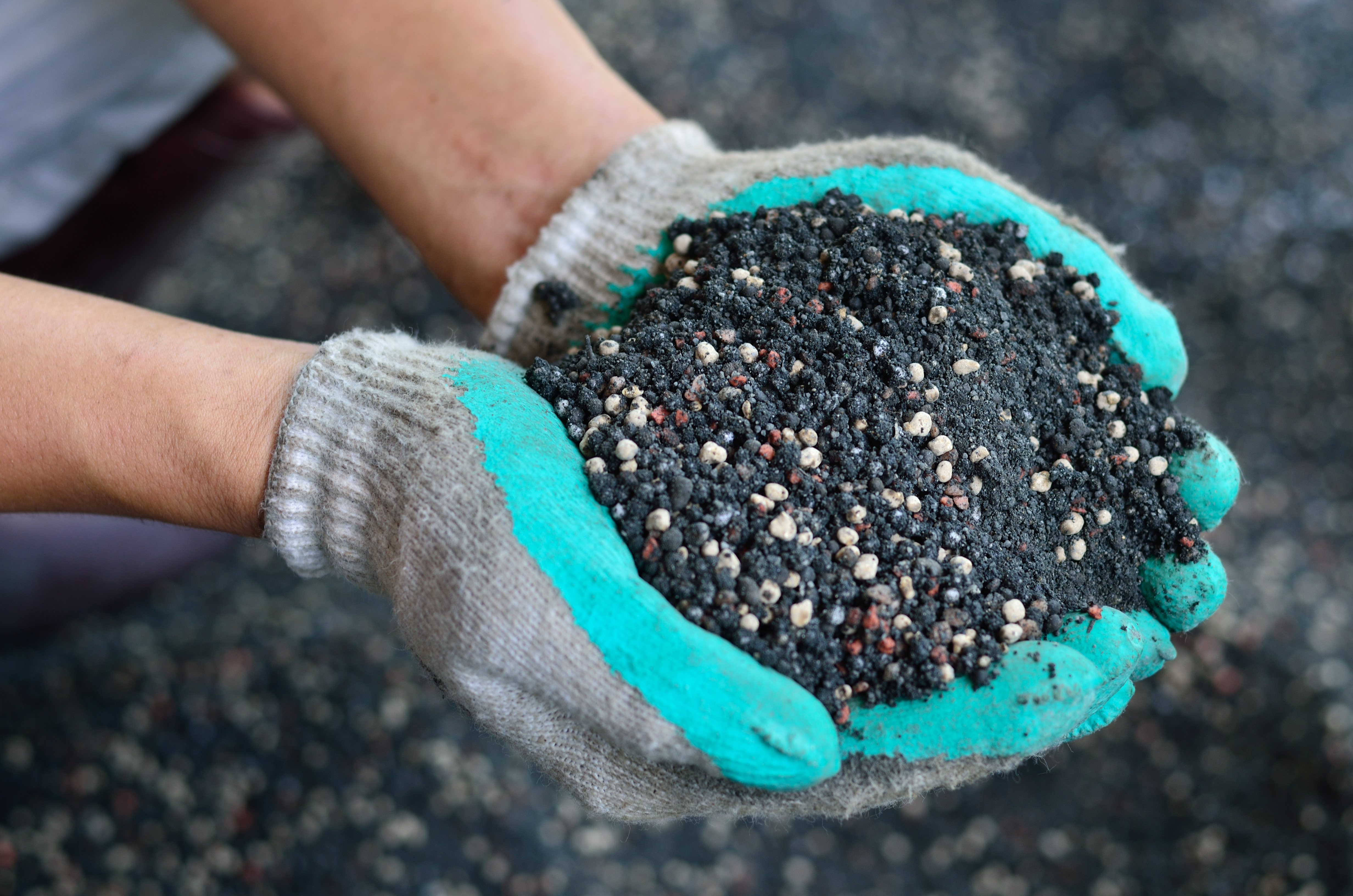
I have heard a lot of beginner gardeners talk about how much they fertilize their plants so that they can get quick growth and high fruit production.
Never fertilize your lemon tree during its first year of growth. In addition, only fertilize the tree every other month in the spring and summer and once a quarter in the winter. If the tree is flowering, producing fruit, or looks lush green don’t fertilize it.
And don’t forget too much fertilizer can again destroy the root of the plant, causing it to die quicker than heat, cold, or disease.
#16: Keep Away from Disease
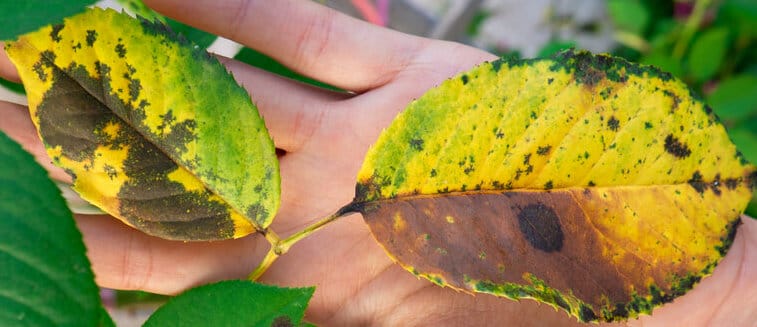
This is going to sound too simple, but
And finally, keep it away from areas where animals can
#17: Don’t Make the Pot Too Heavy
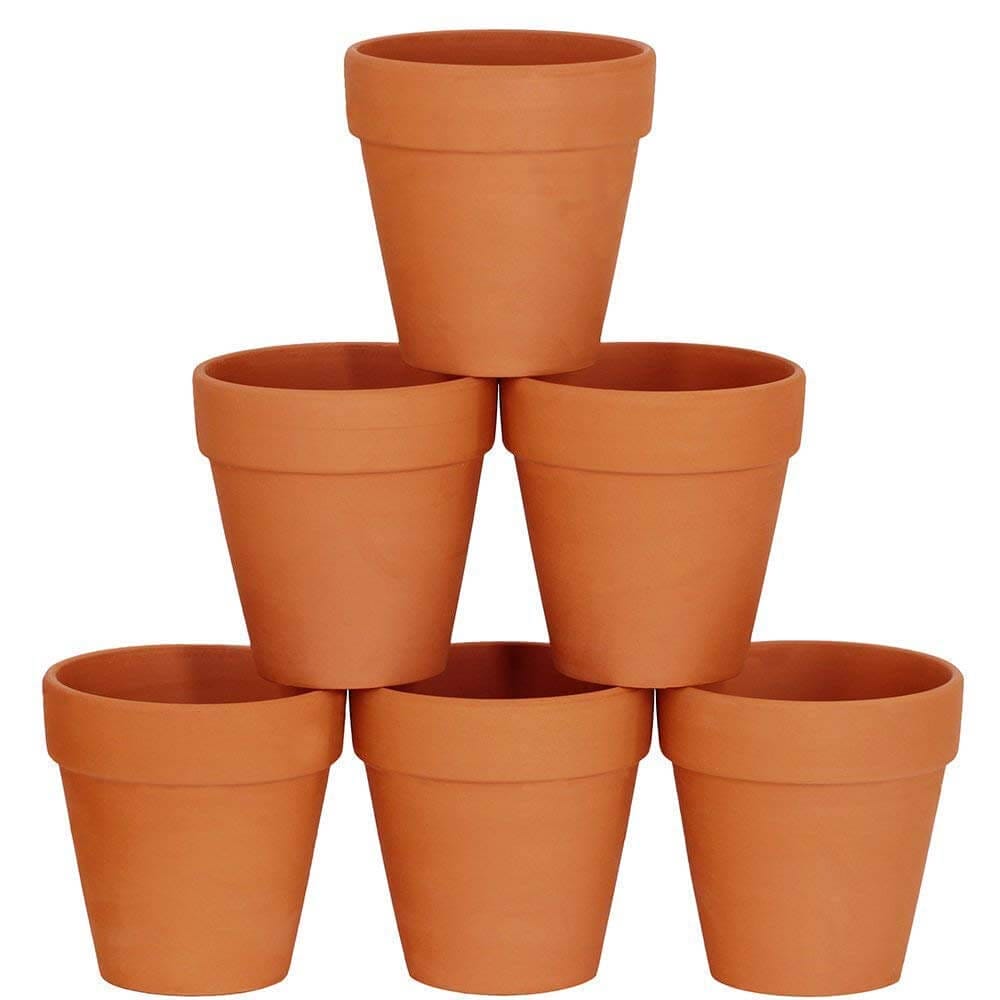
I’ll admit this one won’t affect your lemon tree at all.
But if you want to make your life easy or plan on moving the lemon tree from inside to outside every season then use lightweight materials, prune excessive growth, and don’t water it right before you plan on moving it
#18 – Provide Heat

One of the environmental factors that lemon trees love is heat. The hotter the better. And if you want your lemon tree to grow bigger and faster then keep it in heat above 70 degrees Fahrenheit at all times.
Not only this, but if you want more lemons and bigger lemons then you need to keep your lemon trees in heat above 80 degrees Fahrenheit.
What’s Next?
If you enjoyed reading this article then I recommend reading:




